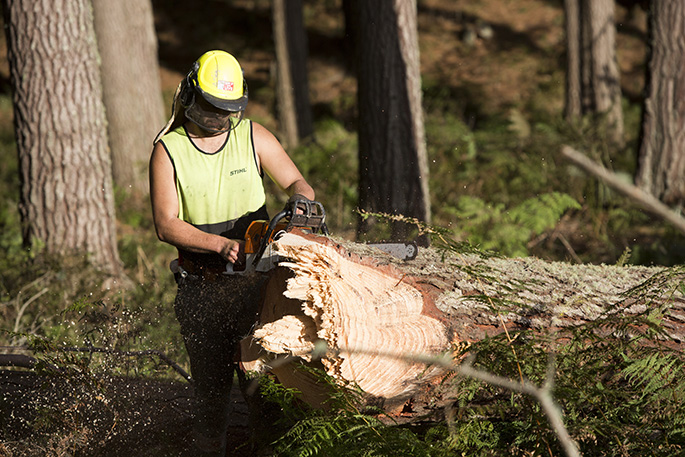The first Regional Workforce Plan for the Bay of Plenty launched on Friday at Whareroa Marae, and showcases the planning required for a more highly skilled workforce compared to a decade ago.
It also highlights the agriculture, forestry, and fishing industries as being significant contributors to the region's economy.
The most important relationship woven into the plan produced by the Bay of Plenty Regional Skills Leadership Group - RSLG - is with Māori as Te Tiriti partner.
'To adhere to our commitment to ensure iwi/Māori can exercise their tino rangatiratanga and maintain their mana motuhake over their own affairs, our plan's foundation is ‘mā te Māori, mō te Māori',” says RSLG co-Chair Turi Ngatai.
Aspirations in the plan 'are designed to call forward equity in our workforce,” says co-chair Dr Chris Tooley.
'This is particularly so in the work required to partner with iwi/hapū and Māori employers around their approaches to worker support as we look for opportunities to improve Māori resilience.”
The RSLG is already working alongside the Manawa Tū Work for Life Centre, supporting community workforce resilience and digital connectivity in Murupara, to see what actions can be taken to scale and grow their efforts.
With a more highly skilled workforce and focus on lifelong learning required to deliver a prosperous future, the RSLG says it is vital the region's tertiary education system aligns its performance with its needs, across the whole region.
Young Māori are crucial to the region's future wellbeing, and the Regional Workforce Plan includes actions to increase Māori engagement and participation in tertiary education and knowledge intensive industries such as science, engineering, professional services and the creative industries. It also identifies critical general capabilities like invention, innovation and entrepreneurship as important skills for the Bay's future economic success.
RSLGs were established to identify and support better ways of meeting future skills and workforce needs in the regions through improved coordination and workforce planning.
The Regional Workforce Plan highlights the labour supply and demand trends for the Bay of Plenty region and identifies where change is needed from regional and national stakeholders to allow central and local government to better plan for, and address, future skills shortages.
RSLGs are regionally based and regionally led, supported by a regional and national team of data analysts, advisors and workforce specialists at the Ministry of Business, Innovation and Employment. The groups work closely with local, regional and national initiatives, including the six Workforce Development Councils.
The Bay of Plenty Workforce Plan is available on the MBIE website: mbie.govt.nz/bay-of-plenty-rslg.



0 comments
Leave a Comment
You must be logged in to make a comment.